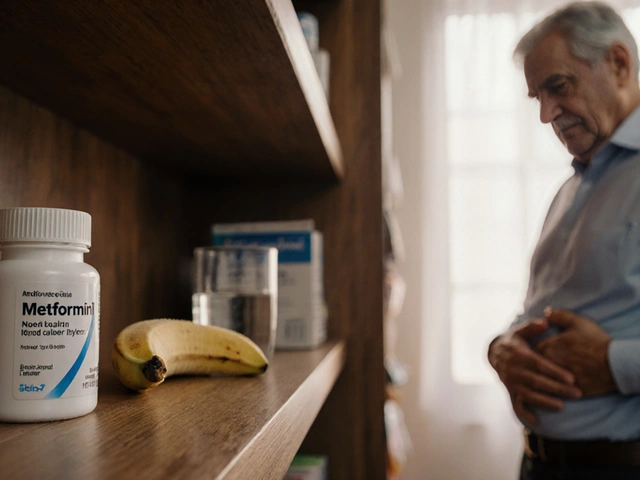Knee replacement surgery is a big step, but what most people really want to know is—how long will the pain last? This article breaks down what to expect when it comes to pain after knee replacement, with real-world timelines and comfort tips. Learn why some people bounce back quickly while others take a bit longer, and get honest advice for managing discomfort. Find out which milestones tell you that things are finally getting better. Straightforward answers backed by real recovery stories.
Read MoreKnee Surgery Tips: What You Need to Know for a Faster, Safer Recovery
Going under the knife for your knee can feel scary, but the right preparation and after‑care make a huge difference. Below you’ll find simple, actionable tips that cut down pain, shorten downtime, and help you get back on your feet faster.
Before Surgery: How to Get Ready
Ask the right questions. Bring a notebook to your orthopedic appointment and ask about the type of anesthesia, expected pain level, and any activity restrictions. Knowing the answer to “What will I feel right after the operation?” (see our post “Is Bone Surgery Painful?”) reduces anxiety and lets you plan better.
Start a pre‑hab routine. Light range‑of‑motion exercises and quad‑strengthening moves a week or two before surgery improve circulation and keep muscles from wasting away. Even a 5‑minute daily stretch can boost post‑op mobility.
Check your meds. Talk to your doctor about blood thinners, anti‑inflammatories, and supplements. Some, like high‑dose vitamin K or fish oil, may need to be paused to avoid excess bleeding.
Organize home logistics. Arrange a sturdy chair, a raised toilet seat, and a clear path to the bathroom. Having these basics set up ahead of time means you won’t have to scramble when you’re sore and groggy.
After Surgery: Do’s and Don’’ts
Control pain early. Use the pain medication schedule your surgeon gave you. Taking meds on schedule (before the pain spikes) works better than waiting until you’re in agony. Combine this with ice packs for the first 48 hours to cut swelling.
Move, but move smart. Your knee will feel stiff, but staying still only makes it worse. Begin gentle heel slides and ankle pumps right after the first day. Gradually add weight‑bearing activities as your therapist advises – most people start short walks with a walker within 3‑4 days.
Watch for red flags. Fever, increasing redness, drainage, or sudden sharp pain may signal infection. Call your surgeon promptly if any of these appear.
Follow your rehab plan. Physical therapy isn’t optional – it’s the backbone of a strong knee. Stick to the schedule, even if progress feels slow. Consistency beats intensity when rebuilding joint stability.
Nutrition matters. Protein‑rich foods, leafy greens, and plenty of water help tissue repair. A daily serving of collagen‑boosting broth or a protein shake can speed healing.
By using these knee surgery tips, you’ll set yourself up for a smoother road to recovery. Remember, every knee is different, so tailor these suggestions to your surgeon’s advice and listen to your body. Good luck, and enjoy the day you can walk without a limp!





